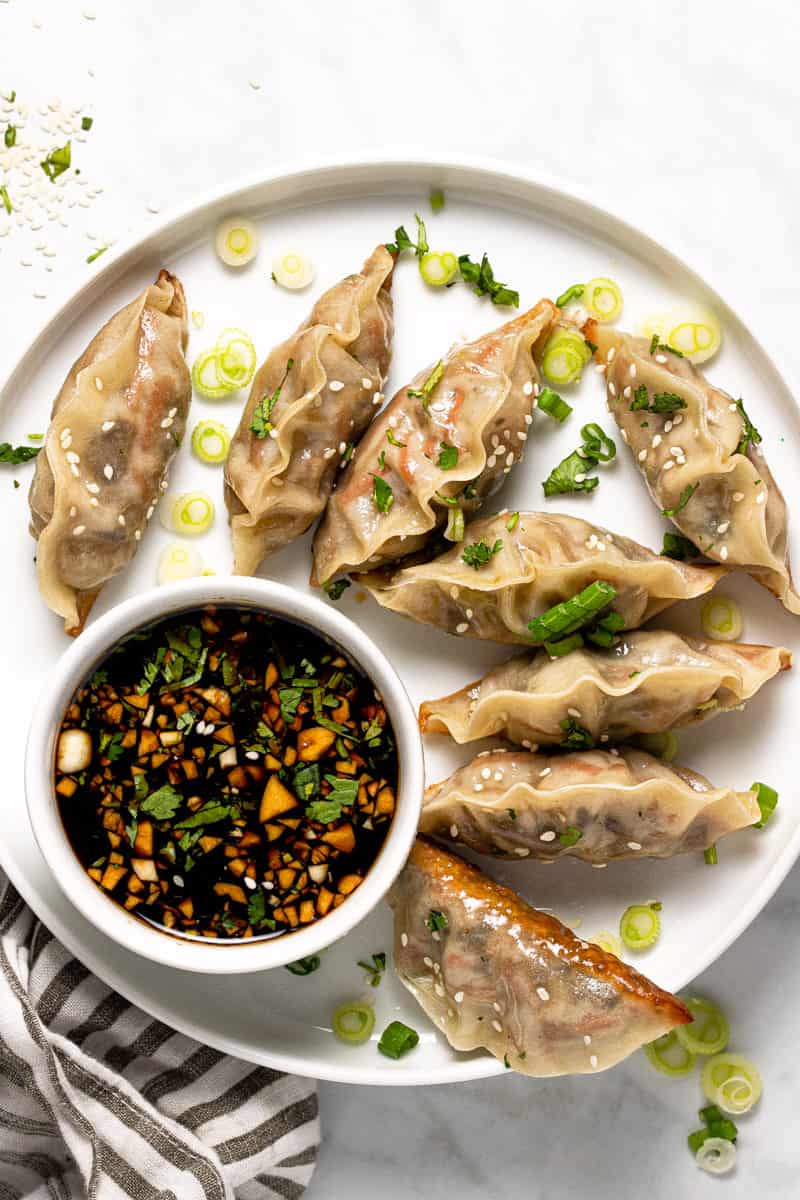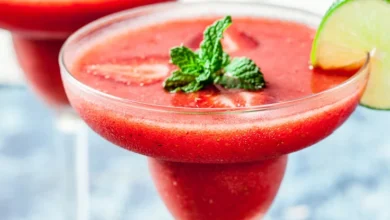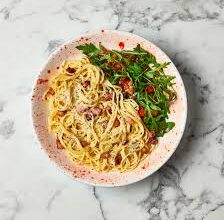Vegetable Dumplings Recipe
Vegetable Dumplings Recipe

Vegetable Dumplings Recipe
Introduction
What are vegetable dumplings?
Why they’re a favorite in many cuisines
Ingredients Overview
Dumpling wrapper options
Filling ingredients
Vegetables
Aromatics
Seasonings
Essential tools for dumpling making
Step-by-Step Recipe Instructions
Prepping the vegetables
Making the dumpling filling
Wrapping the dumplings
Cooking methods
Steaming
Pan-frying
Boiling
Tips for Perfect Vegetable Dumplings
Choosing the right wrappers
Balancing flavors in the filling
Perfecting the wrapping technique
Overview
This recipe combines a savory mix of cabbage, carrots, mushrooms, and more in a tender dumpling wrapper. With simple ingredients and easy assembly, these vegetable dumplings are both tasty and nutritious. Serve them with a flavorful dipping sauce for the ultimate dumpling experience.
Serving Suggestions
Best dipping sauces for dumplings
Pairing with side dishes
Health Benefits of Vegetable Dumplings
Nutritional value of the ingredients
Low-fat cooking methods
Common Mistakes to Avoid
Overstuffing the dumplings
Using wrappers that tear easily
Overcooking
Variations of Vegetable Dumplings
Vegan-friendly options
Gluten-free wrappers
Asian fusion dumpling flavors
Conclusion
Recap of the recipe and encouragement to try
Ingredients
Dumpling Wrappers
Store-bought wrappers: Look for round gyoza or wonton wrappers in Asian markets.
Homemade wrappers: Made from flour, water, and salt for a fresh touch.
Filling Ingredients
Vegetables: Finely chopped cabbage, carrots, mushrooms, and spinach.
Aromatics: Garlic, ginger, and green onions for flavor.
Seasonings: Soy sauce, sesame oil, salt, and pepper.
Essential Tools
A rolling pin (if making wrappers)
A steamer basket or pan for cooking
Small bowls for water and dipping sauces
Step-by-Step Recipe Instructions
Step 1: Prepping the Vegetables
Wash and finely chop all vegetables.
Squeeze out excess water from leafy greens like cabbage or spinach to avoid a soggy filling.
Step 2: Making the Dumpling Filling
Heat 1 tablespoon of sesame oil in a pan.
Sauté garlic and ginger until aromatic.
Add vegetables and cook until slightly softened.
Stir in soy sauce, salt, and pepper. Let the mixture cool.
Step 3: Wrapping the Dumplings
Lay a wrapper flat on your palm.
Place 1 tablespoon of filling in the center.
Wet the edges with water, fold into a half-moon shape, and pinch to seal. For fancier dumplings, pleat the edges as you seal them.
Step 4: Cooking Methods
Steaming: Place dumplings in a steamer and cook for 8–10 minutes.
Pan-frying: Heat oil in a nonstick pan, cook the dumplings until bottoms are golden, then add water and cover to steam.
Boiling: Drop dumplings into boiling water and cook until they float to the surface.
Tips for Perfect Vegetable Dumplings
Wrappers: Keep unused wrappers covered with a damp towel to prevent drying.
Filling Balance: Avoid over-seasoning; let the vegetable flavors shine.
Wrapping Technique: Practice makes perfect—don’t overfill or the wrappers might tear.
Serving Suggestions
Pair your vegetable dumplings with these sides and sauces:
Dipping Sauces: Soy sauce mixed with rice vinegar, chili oil, or sesame oil.
Side Dishes: Light salads, miso soup, or steamed rice.
Health Benefits of Vegetable Dumplings
Rich in Nutrients: Packed with vitamins and minerals from fresh vegetables.
Low in Calories: Especially when steamed or boiled.
Heart-Healthy: Minimal oil is used compared to fried snacks.
Common Mistakes to Avoid
Overstuffing: This can cause the dumplings to burst while cooking.
Dry Wrappers: Ensure wrappers are pliable for easy folding.
Overcooking: Dumplings can become mushy if left too long in water or steam.
Variations of Vegetable Dumplings
Vegan Options: Add tofu or tempeh for extra protein.
Gluten-Free Wrappers: Use rice paper or gluten-free flour for the dough.
Fusion Flavors: Experiment with adding ingredients like cheese, corn, or curry spices.
Conclusion
Vegetable dumplings are a delicious, healthy, and versatile dish that can easily become a family favorite. With the right ingredients and a little practice, you can create these delightful pockets of flavor at home. Give this recipe a try and impress your loved ones with your culinary skills!
FAQs
1. Can I make dumplings ahead of time?
Yes, you can refrigerate them for up to 24 hours before cooking.
2. What’s the best way to freeze dumplings?
Arrange them on a tray, freeze until solid, then transfer to a freezer bag.
3. How do I make my own dumpling wrappers?
Mix 2 cups of flour with ¾ cup of water and knead into a smooth dough. Roll out into thin circles.
4. Can I use a food processor for the filling?
Absolutely! It saves time and ensures even chopping.
5. What’s the secret to making perfect dipping sauce?
Combine soy sauce, rice vinegar, a splash of sesame oil, and a pinch of sugar for a balanced flavor.






